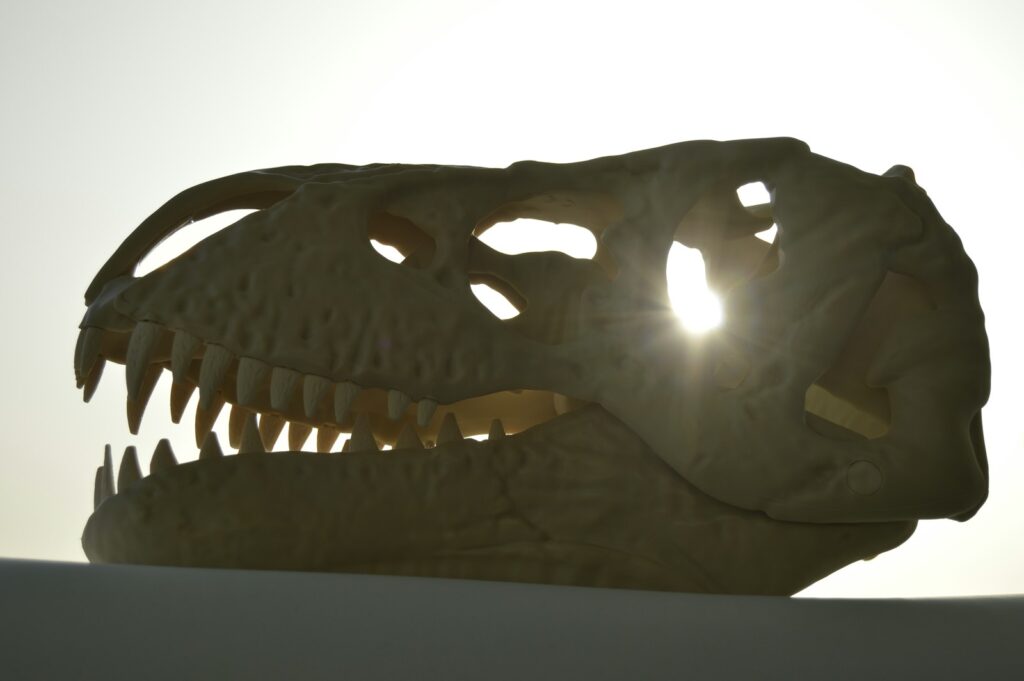Paleontology, the study of prehistoric life through fossils, is a complex scientific discipline requiring years of specialized education and fieldwork. However, when Hollywood gets its hands on dinosaurs and ancient creatures, scientific accuracy often takes a backseat to spectacle. While movies and TV shows have ignited public interest in paleontology, they’ve also perpetuated numerous misconceptions about the field and the scientists who work in it. Let’s dig into ten egregious examples where entertainment media got paleontologists and their work completely wrong.
The “Brush Away a Complete Skeleton” Trope

In countless films and TV shows, paleontologists miraculously uncover perfectly preserved, complete dinosaur skeletons with just a few gentle sweeps of a brush. The reality couldn’t be more different. Actual fossil excavation is painstaking work that can take months or even years to complete. Paleontologists rarely find complete skeletons—most discoveries consist of fragmentary remains that require significant laboratory work to clean, preserve, and reconstruct. The process involves careful mapping of the site, application of hardening agents to fragile bones, creating protective jackets made of plaster and burlap, and often cutting through solid rock with specialized tools. Movies like “Jurassic Park” and TV shows like “Terra Nova” consistently gloss over the true complexity and time-consuming nature of fossil recovery.
Paleontologists as Adventure Heroes
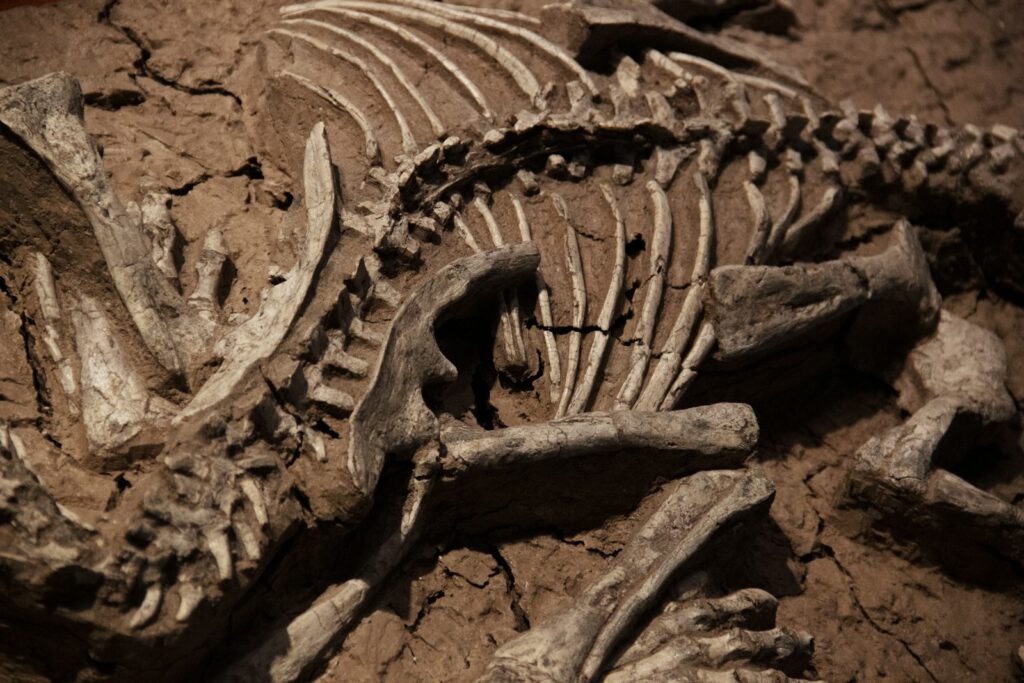
From Indiana Jones (who was technically an archaeologist) to the protagonists in “Jurassic Park,” screen paleontologists are often portrayed as rugged adventurers who spend most of their time in the field making dramatic discoveries. In reality, professional paleontologists typically spend far more time in laboratories and offices than in exotic dig sites. Much of a paleontologist’s work involves detailed analysis, writing research papers, securing funding, teaching, and administrative tasks. The field component—while certainly important—constitutes a relatively small percentage of their professional lives. Furthermore, the dramatic “eureka” moments portrayed in film are exceedingly rare; most paleontological research advances through incremental findings and collaborative efforts rather than single dramatic discoveries.
The Instant Analysis Fallacy

Movies frequently show paleontologists making immediate, definitive conclusions about specimens within seconds of finding them. In “Jurassic Park III,” Dr. Alan Grant instantly identifies the age, species, and behavioral patterns of dinosaurs from the most minimal evidence. Real paleontological analysis is significantly more methodical and time-consuming. Identifying a specimen often requires careful comparison with reference collections, detailed measurements, consultation with colleagues, and sometimes advanced technologies like CT scanning or mass spectrometry. Dating fossils requires specialized laboratory techniques and often involves collaboration with geologists and other specialists. The process from discovery to scientific publication can take years, not the mere minutes portrayed on screen.
The “Lone Wolf” Paleontologist

Television and films frequently depict paleontologists as solitary geniuses working in isolation, making breakthrough discoveries on their own. This portrayal fundamentally misrepresents the collaborative nature of modern paleontology. Today’s fossil expeditions typically involve diverse teams including field technicians, preparators, graduate students, geologists, and often international collaborators. Major discoveries are rarely attributed to a single individual but rather to collaborative teams. Additionally, modern paleontology intersects with numerous other disciplines including geology, biology, chemistry, and computer science. The interdisciplinary nature of the field means that paleontologists regularly collaborate with experts across various scientific domains, forming research networks that span institutions and countries—a reality rarely shown on screen.
Paleontologists and Living Dinosaurs
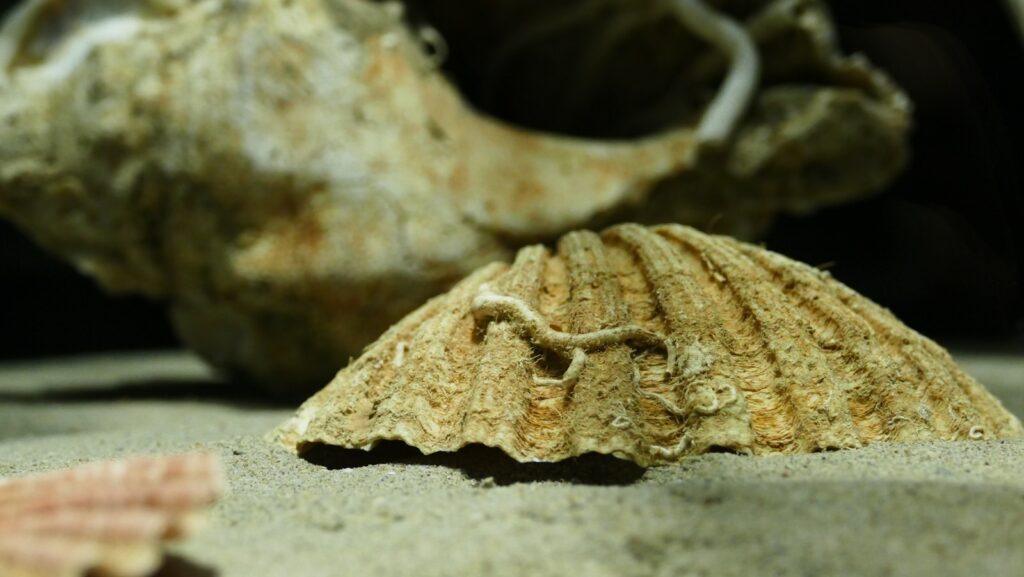
Perhaps the most fantastical misrepresentation occurs when media portrays paleontologists as experts on living dinosaurs or prehistoric creatures, as seen throughout the “Jurassic Park” franchise. In reality, paleontologists study extinct organisms through their fossil remains, not living specimens. Their training focuses on anatomy, geology, taphonomy (how organisms decay and become fossilized), and evolutionary biology—not veterinary medicine or animal behavior of living species. If dinosaurs were somehow resurrected, paleontologists would certainly be interested observers, but zoologists, wildlife biologists, and veterinarians would likely take the lead in studying and managing such creatures. The notion that a fossil expert would automatically be qualified to track, tranquilize, or handle living prehistoric animals represents a fundamental misunderstanding of scientific specialization.
The Outdated Equipment Stereotype

Movies consistently portray paleontologists using antiquated tools and techniques, perpetuating the stereotype of the field as low-tech and primitive. Characters often appear with nothing but brushes, picks, and perhaps a magnifying glass. Modern paleontology, however, employs sophisticated technology including ground-penetrating radar to locate fossils, photogrammetry to create 3D models, laser scanning for precise measurements, and advanced imaging techniques like synchrotron radiation. Paleontologists use specialized software for phylogenetic analysis and employ geochemical techniques to analyze ancient environments. The computational and laboratory components of modern paleontology are almost entirely absent from screen portrayals, reinforcing public misconceptions about the scientific sophistication of the field.
The Narrowly Focused Expertise Myth

Film and television routinely depict paleontologists as universal experts on all prehistoric life, regardless of time period or taxonomy. In “Primeval,” characters confidently identify creatures from vastly different geological eras with equal expertise. Actual paleontologists typically specialize in particular taxonomic groups, time periods, or aspects of paleobiology. A paleontologist who studies Cretaceous marine reptiles might have limited expertise regarding Pleistocene mammals or Devonian fish. The field has numerous subspecialties including vertebrate paleontology, invertebrate paleontology, micropaleontology, palynology (fossil pollen), and ichnology (trace fossils like footprints). Most professionals develop deep expertise in relatively narrow areas rather than the encyclopedic knowledge of all prehistoric life often portrayed in entertainment media.
The “Dinosaur-Only” Misconception

Popular media overwhelmingly focuses on dinosaurs, creating the impression that paleontologists exclusively study these charismatic reptiles. Films like “The Good Dinosaur” and “Jurassic World” reinforce the notion that paleontology equals dinosaurology. In reality, dinosaurs represent just one small branch of the prehistoric life studied by paleontologists. The field encompasses the entire fossil record spanning over 3.5 billion years, including ancient bacteria, plants, invertebrates, early mammals, and countless other organisms. Many paleontologists never work with dinosaur fossils at all, instead focusing on ancient marine ecosystems, prehistoric insects, early primates, or microscopic life forms. The disproportionate focus on dinosaurs in entertainment has created significant public misconceptions about the actual scope and diversity of paleontological research.
The Mistaken Timeline
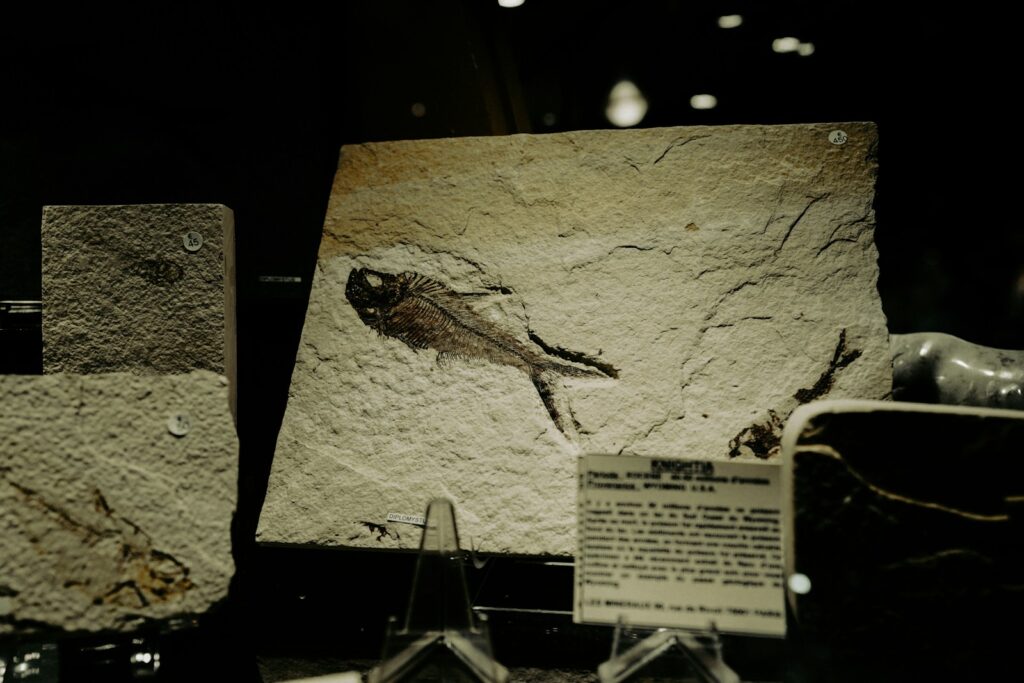
Television and movies routinely compress or distort geological time, often showing humans and dinosaurs coexisting as in “The Flintstones” or “Land of the Lost.” This fundamental error misrepresents the chronological framework that underpins all paleontological work. Non-avian dinosaurs went extinct approximately 66 million years ago, while modern humans (Homo sapiens) evolved around 300,000 years ago—separated by an almost incomprehensible 65.7 million years. Accurate chronology is essential to paleontology, yet screen portrayals frequently sacrifice this basic scientific principle for narrative convenience. Even documentaries sometimes fail to adequately convey the vast timescales involved, contributing to public misconceptions about evolutionary timelines and humanity’s place in Earth’s history.
The Uniform Physical Appearance

Media representations of paleontologists frequently adhere to a narrow physical stereotype: the middle-aged white male professor in khaki clothing and a wide-brimmed hat, epitomized by Dr. Alan Grant in “Jurassic Park.” This portrayal fails to reflect the increasing diversity in the field. Modern paleontology includes researchers of various genders, ages, ethnicities, and backgrounds. Additionally, the field clothing worn by paleontologists varies significantly depending on the environment, from cold-weather gear in Antarctica to lightweight sun protection in desert regions. Laboratory-based paleontologists may wear standard lab coats rather than field gear. The persistent visual stereotype not only misrepresents the profession’s demographics but may also discourage diverse young people from considering careers in paleontology.
The Funding Fantasy

Perhaps one of the most unrealistic aspects of paleontologists in media is the apparent ease with which they secure unlimited funding for their work. In “Jurassic Park,” John Hammond casually funds entire dinosaur excavations, while TV paleontologists never seem concerned about grant applications or budget constraints. Real paleontologists face significant and constant funding challenges. Most spend substantial time writing grant proposals, many of which are rejected in highly competitive funding environments. University-based researchers must balance research with teaching obligations, while museum paleontologists often have curatorial and public education responsibilities. Fieldwork is expensive, requiring budgets for equipment, transportation, permits, and personnel. The financial realities and institutional constraints that shape actual paleontological research are almost entirely absent from screen portrayals.
The Publication Process Omission
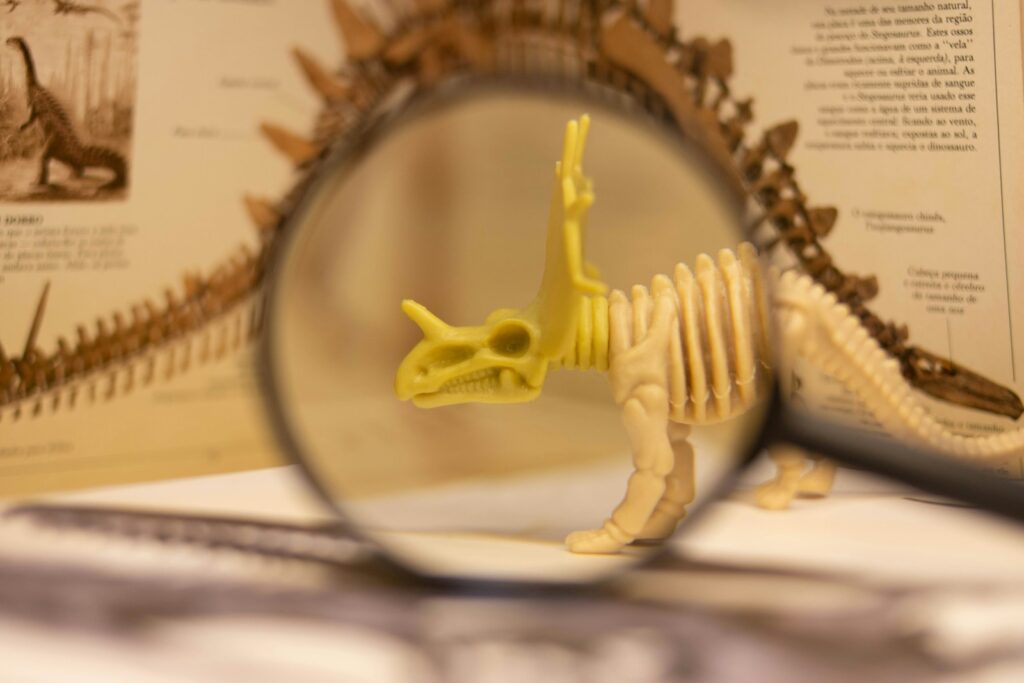
A critical aspect of paleontological work completely absent from screen portrayals is the rigorous publication process. In movies and TV shows, discoveries seem to go directly from field to fame without the intervening steps of peer review and scientific publication. Real paleontological findings must be documented in detailed scientific papers that undergo scrutiny from expert reviewers before publication in academic journals. This process can take months or years and frequently involves multiple rounds of revisions. Many significant discoveries are initially rejected and require substantial additional evidence or analysis before acceptance by the scientific community. The painstaking documentation, statistical analysis, and scholarly debate that form the backbone of paleontological advancement are virtually invisible in entertainment media, creating a distorted picture of how scientific knowledge actually progresses.
Conclusion: Balancing Entertainment and Accuracy

While Hollywood’s portrayals of paleontologists may boost public interest in prehistoric life, they create persistent misconceptions about this important scientific field. The reality of paleontological work—methodical, collaborative, technologically sophisticated, and often focused on organisms other than dinosaurs—bears little resemblance to its screen counterparts. As viewers, maintaining a healthy skepticism about how science is portrayed in entertainment media can help us appreciate both the artistic liberties taken for dramatic effect and the fascinating reality of how paleontologists actually study Earth’s ancient past. Perhaps the greatest irony is that the true story of paleontology—with its intellectual detective work, technological innovation, and window into lost worlds—is every bit as compelling as the fictionalized versions, just on a different timescale.



